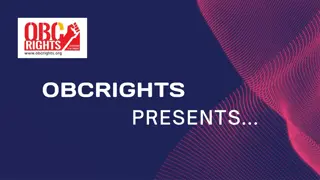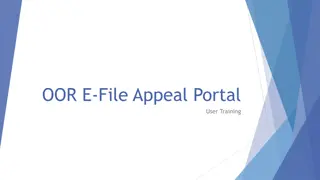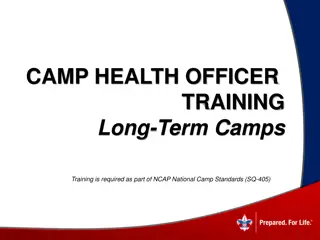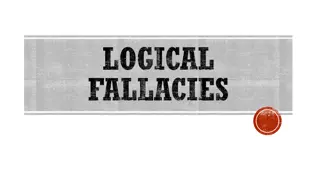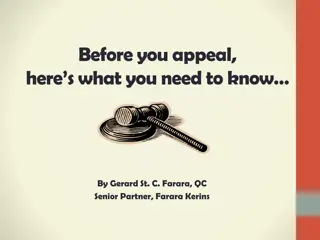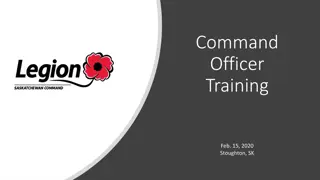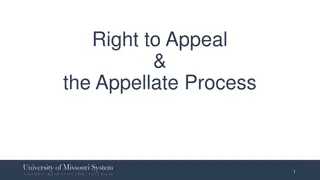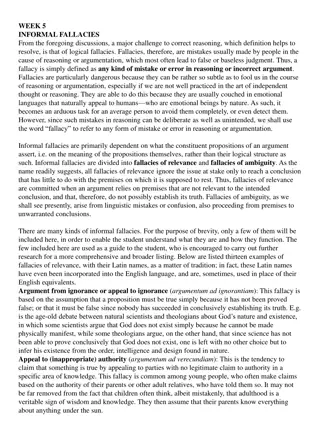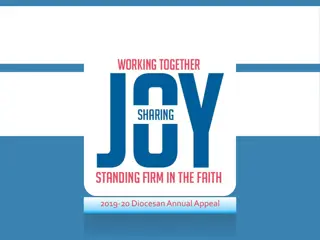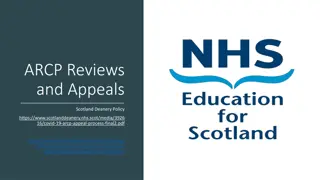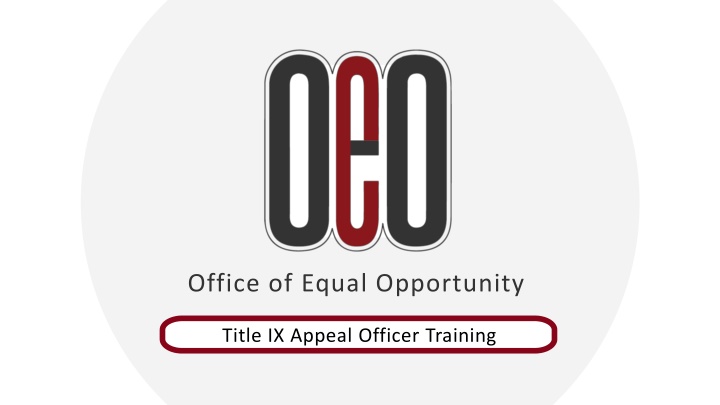
The Role of Title IX Appeal Officers in Ensuring Fairness
Explore the critical role of Title IX Appeal Officers in reviewing decisions, modifying sanctions, and ensuring fairness in education programs. Learn about their responsibilities, limitations, and how they contribute to a just process.
Download Presentation

Please find below an Image/Link to download the presentation.
The content on the website is provided AS IS for your information and personal use only. It may not be sold, licensed, or shared on other websites without obtaining consent from the author. If you encounter any issues during the download, it is possible that the publisher has removed the file from their server.
You are allowed to download the files provided on this website for personal or commercial use, subject to the condition that they are used lawfully. All files are the property of their respective owners.
The content on the website is provided AS IS for your information and personal use only. It may not be sold, licensed, or shared on other websites without obtaining consent from the author.
E N D
Presentation Transcript
Office of Equal Opportunity Title IX Appeal Officer Training
INTRODUCE TIX Appeal Officer role EXPLAIN Procedure, bases, timeline Objectives OUTLINE Written decision ENGAGE Scenarios eooffice@uc.edu
TIX Review No person in the United States shall Education program/activity in U.S. TIX and Sex/Gender policies Title IX Sexual Harassment QPQ by employee, Hostile Envt/SPOO unwelcome conduct, VAWA crimes Supportive measures and availability of informal resolution TIX grievance process Investigation Hearing Appeal Timeframe: Appeals are expected to be resolved within twenty (20) business days after the parties submission of their statements.
Part 1 TIX Hearing Overview
Live hearing before a decision-maker who finds facts under preponderance of evidence standard, makes responsibility determination and determines sanctions Investigation to collect relevant inculpatory and exculpatory evidence Appeal
Part 2 The Appeal Officer Role
What Appeal Officers Can Do Affirm the original decision and sanctions if any Modify the original decision and sanctions if any Remand the matter back to the investigator (where the appeal is granted based on new evidence)
What Appeal Officers Cannot Do Reinvestigate Re-adjudicate Grant an appeal outside the scope of the four bases Give a party the opportunity to second-guess the hearing panel s decision Talk to the investigators, decision-makers, Title IX Coordinator
Stay Within the Scope of the Appeal The appeals process can catch errors and ensure that the underlying investigation and adjudication process was fair and thorough
Part 3 Appeal Procedures
After the Hearing The hearing panel will issue its written determination (and sanctions, if any) simultaneously to the parties within ten (10) business days of the hearing Determination letter includes procedures and permissible bases for the parties to appeal A party may appeal a determination within five (5) business days of receipt of the written determination The determination becomes final either: On the date that UC provides the parties with the written determination of the appeal, or If an appeal is not filed, the date on which an appeal would no longer be considered timely.
Submission of Appeal A party may appeal a hearing written determination within five (5) business days of receipt of the written determination of responsible or not responsible. Note that there may be cross-appeals The appeal must be made in writing and state the basis and reasoning for the appeal. Submission: VP for EICI at T9appeal@uc.edu No advisor is assigned for appeal process No conference or hearing for appeal conducted in writing only No recording of appeal deliberations
Appeal Requirements UC Title IX Sexual Harassment Policy Section X: Appeals WHO: Complainant or Respondent WHEN: Within five (5) business days of receipt of the written determination of responsible or not responsible HOW: In writing to VP-EICI WHAT: On one or more of four bases for appeal TO: A panel of three appeal officers
What happens when the appeal is received? 1. VP-EICI assigns three panel members 2. Parties are: notified of appeal provided copy of appeal statement Notified of appeal panel members Given notice re how to object to appeal officers on basis of bias/conflict of interest 3. The non-appealing party has five (5) business days to respond to the appealing party s statement
The Appeal Officers Decision is Final There is no additional opportunity to appeal. The grievance procedure ends and the matter is considered closed. OEO maintains all Title IX records for at least seven (7) years
Part 4 Bases for Appeal
Bases for Appeal 1. Proceduralirregularity that affected the outcome 2. New evidence that was not reasonably available at the time of determination regarding responsibility that could affect the outcome 3. TIXCO, investigator, or hearing panelist had a conflict of interest or bias for or against a party that affected the outcome 4. The sanction imposed is disproportionate to the violation(s) committed, in light of all relevant aggravating and mitigating factors
Basis 1: Procedural Irregularity Procedural irregularity that affected the outcome of the matter Material deviation from written procedures Irregularity must be material to the outcome Examples: Failure to follow UC s written policy/procedures Failure to objectively evaluate all relevant evidence, including inculpatory and exculpatory evidence A determination regarding what evidence was excluded as not relevant
Basis 2: New Evidence Not Reasonably Available New evidence that was not reasonably available at the time of the determination regarding responsibility or dismissal was made, that could affect the outcome of the matter Evidence presented prior to the determination does not qualify as new evidence
Basis 3: Conflict of Interest / Bias The TIXCO, investigator(s), or decision-maker(s) had a conflict of interest or bias for or against complainants or respondents generally or the individual complainant or respondent that affected the outcome of the matter. All TIX personnel are responsible for self-identifying these issues There are multiple opportunities for parties to raise conflict/bias concerns throughout process
Conflict of Interest Actual: Direct conflict exists between professional responsibility and personal interest Perceived: No actual conflict exists but one could reasonably perceive one exists Potential: No actual conflict exists but one could develop in the future
Not a Conflict of Interest Decision-maker is recipient s employee Professional affiliations or research Past advocacy work (e.g., victim advocate, defense attorney) Self-proclamations / descriptions (e.g., feminist, survivor ) Education, certifications
Student Cory files a formal complaint against student Rey. One of the hearing panel members is Rey s faculty advisor who has previously written them a letter of recommendation. Example of conflict of interest
Employee Cee accuses respondent employee Ren of sexual harassment. The assigned investigator s spouse directly supervises Ren. Example of conflict of interest
Bias avoiding bias = impartiality = no prejudgment of facts Considerations: Institution must have objective rules for determining bias TIX prohibits single investigator model Institution must prevent decision-maker from having not-relevant information TIXCO cannot be decision-maker Standard for determining if bias exists: Whether a reasonable person would believe bias exists, which: 1. Is case-specific, and 2. Avoids generalizations by which bias is unreasonably assumed
Investigator used to supervise one of the parties Info gleaned by investigator is shared with decision-maker Investigator discussed case with decision-maker Investigator stereotypes one of the parties Decision-maker stereotypes all complainants or all respondents Examples of Bias
Basis 4: Incommensurate Sanction A sanction is not commensurate with the violation. The sanction imposed is disproportionate to the policy violation, in light of all aggravating and mitigating factors Note decision-maker sanctioning rubrics
Part 5 Appeal Officer Preparation
Appeal Officer Options The Appeal Officers may: 1. Affirm the original determination regarding responsibility 2. Affirm the original determination regarding sanctions 3. Set aside the original determination regarding responsibility and impose a new determination regarding responsibility 4. Set aside the original determination regarding responsibility and order that a new TIX hearing be held in front of a new hearing panel 5. Set aside the original determination regarding sanctions and impose a different sanction
Appeal Preparation STEP 1: Review Title IX Policy STEP 2:Review appeal and response if any, and supporting docs What arguments have been raised in the appeal? What arguments have been raised in the other party s response? STEP 3: Have one or more of the four baes been satisfied? If YES PROCEED to Step 4 If NO prepare explanation of decision STEP 4: Review FIR, hearing transcript, outcome letter, and any sanction decision Do you understand what determinations were made and why?
Part 6 Written Appeal Decision
Appeal Decision Letter The Appeal Decision Letter includes: 1. Procedural history 2. Relevant policy provision(s) 3. Statement of Appeal Officers review and decision 4. Summary of party s appeal 5. Summary of other party s response, if applicable 6. Analysis of each basis of appeal, separately 7. Conclusion
Appeal Decision Letter Items 1-3 1. Procedural history Report receipt; complaint submitted; allegations Investigation participation, PIR and FIR issued Hearing date, determination, sanctions Date appeal submitted and timeliness; date response submitted 2. Relevant policy provision regarding appeal procedure 3. Scope of Appeal Officers review and decision
Appeal Decision Letter Items 4-5 4. Summary of party s appeal What the party is alleging that is allowable under the policy 5. Summary of other party s response, if applicable What the party is alleging that is allowable under the policy Respondent filed an appeal challenging the findings against him, asserting procedural error and sanction not commensurate with the violation. In support of his appeal, Respondent alleged the following specific bases for appeal:
Appeal Decision Letter Items 6-7 6. Analysis of each basis of appeal, separately What factors support or contradict the party s appeal argument? If error is alleged, did it in fact occur? If error occurred, was it sufficient to significantly impact the outcome of the investigation? 7. Conclusion Is the appeal granted or denied? If granted, what is the appeal panel s outcome?
Practical Tips: Documenting the Decision Address all appeal grounds Address all arguments raised in appeal, response, and any cross- appeal Review all relevant policy definitions and procedures Review sanctioning rubrics used by hearing panel Show your work: Explain what decision you reach for each basis and why Consult with TIXCO regarding any procedural questions or issues Let TIXCO know if you have legal questions so that these can be brought to OGC
Review of appeal letter setting forth the procedural history of a Title IX investigation, the substance of the appeal filed, and the appeal decision. Appeal Letter Example









